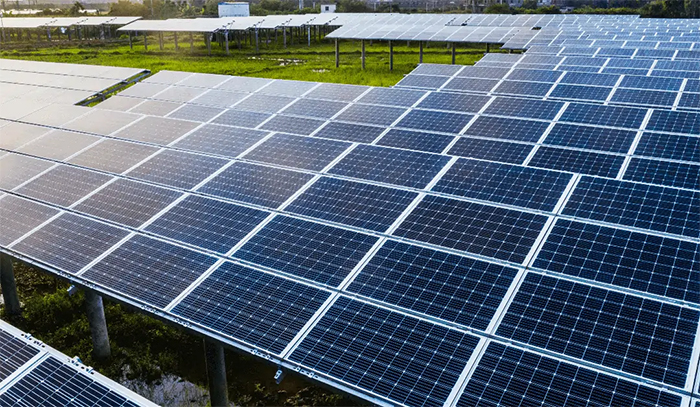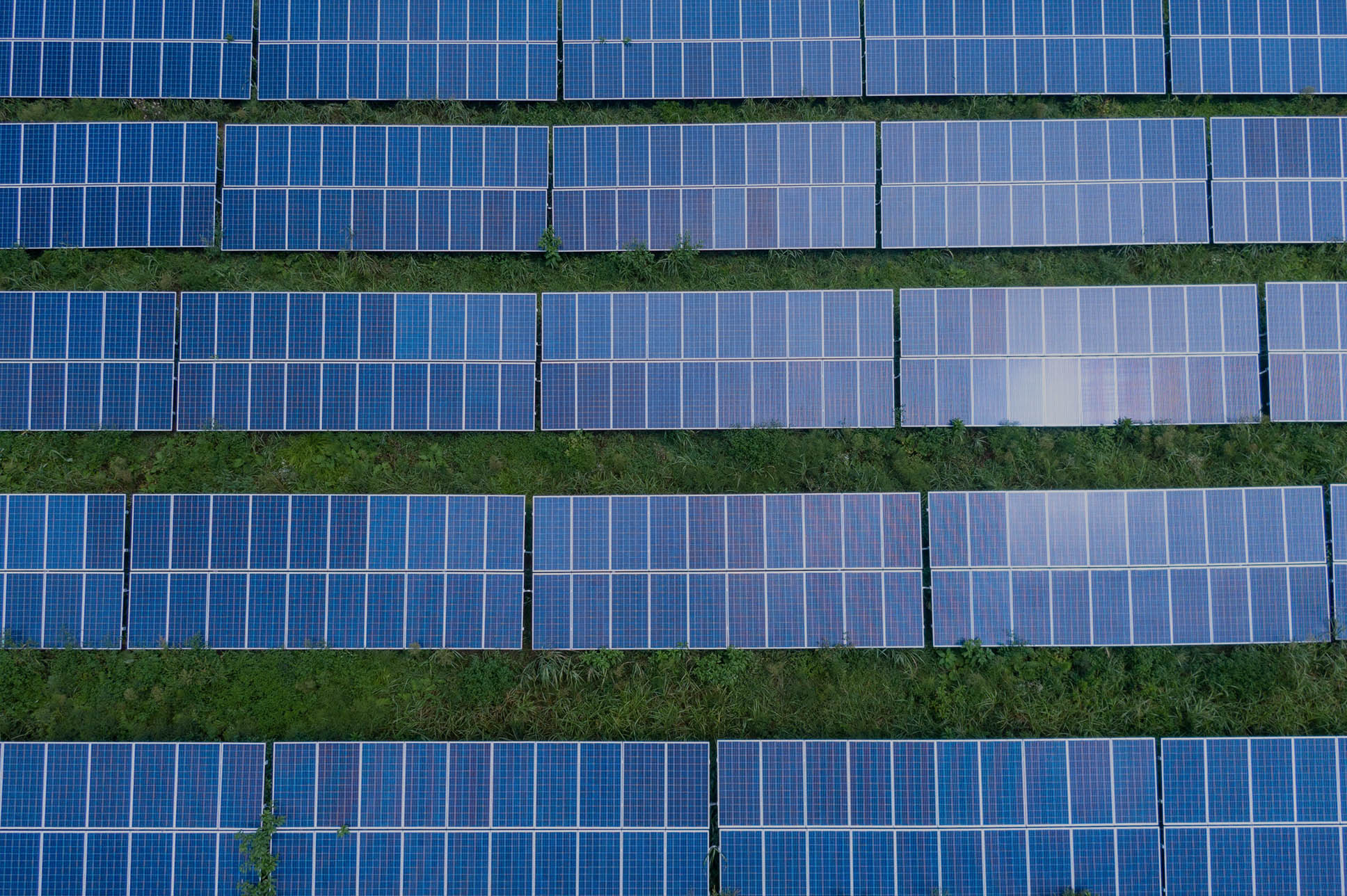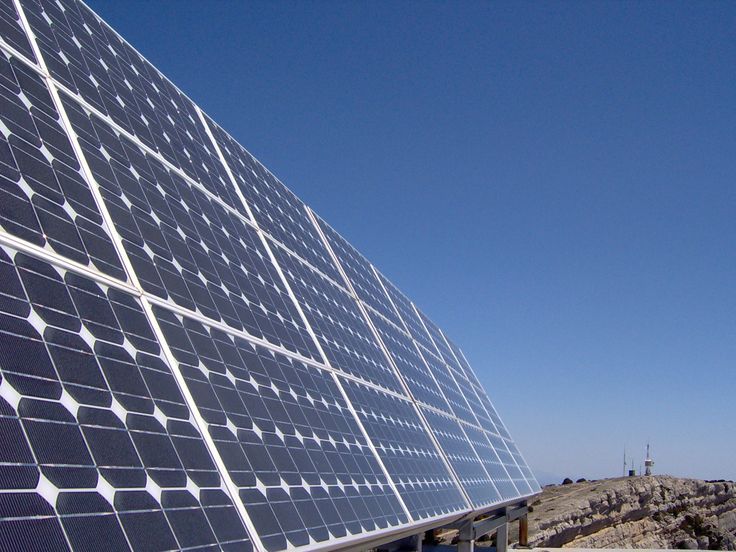Solar Panels Are Getting Cheaper
Solar energy systems have invaded the market with spectacular results as prices of solar panels declined drastically. Back in 2010, the cost of solar panels was around $7.50 per watt By 2023, this figure fell to $2.77-$3.57 per watt Several factors were behind this dramatic price decline, including increased production scales due to technology improvements and government-supported enabling policies.
Detailed Price Trends
The price of a solar panel fell by more than 60% from 2010 to toperspectivi in English The price decrease is particularly noticeable in the residential solar system costs. That markup has dramatically reduced, at least for residential solar; homeowners installed 6-kilowatt (kW) rooftop systems in the United States cost about $45,000 as recently as 2010. But by 2023, the price for an identical system size had plummeted to about $16,620-$21,420. The advantages extend beyond just individual homeowners with businesses and large industrial companies.
Technological Advancements
Solar technology has made great strides in reducing prices. Increased efficiency by photovoltaic cells reduces the number of panels needed to make same electricity. For an instance, early solar panels had efficiency of around 15% where as now days the same can be realized for above at least upto 22%. Additionally, thin-film solar cells and cheaper materials such as perovskite are innovations that make the production of panels more accessible.
Increase in Production Scale
Production scale has also iInfluence [sic] to lower the price. Solar panels have been manufactured more and more as the global need for clean energy has increased. Cost declines have been driven by large scale production facilities, with China leading the way in cost reduction efficiencies. These plants enjoy scale production rapidly the lower cost from purchasing in dealers quantities.
Impact of Government Policies
Since then, global government efforts have been heavily behind the installation of solar energy generating systems - by offering lucrative grants and tax breaks to those installing such things. This is the federal Investment Tax Credit (ITC), which will deduct 26% of any solar energy installation from your federal taxes as a homeowner, and business. This policy effectively lowers the real cost of new solar energy systems - which is to say it makes investment in solar more attractive.
Save Money With Solar
Solar panel system goes a long way in minimizing the monthly electricity bills by 60-70% and even up to 80%. STAFFUnless the system is very large,1 day to 2 weeks depending on its size and how far you live from your home. For instance, an average household in California might be paying $200 per month on electricity. This cost could be mitigated to around $60 a month after installing solar power. This will equal nearly $1,680 yearly.Up-front costs vs. on-going savings
Installing solar panels If you are able to pay the installation fees with no upfront cost or bills then that should be it, otherwise just include any price of getting them and their management. While this can feel a little steep at first, the savings you accrue over time are significant. For the former, solar panels usually have a useful life of 25 to 30 years so let's assume that homeowners will see some savings over this period for not requiring their payback -- across all states and under current federal policy on net metering during rate stabilization--averaged out with what we estimated in California; $50,400 less by our estimate per average household over 2016-46. These figures are based on the savings experienced by homeowners in Australia caused only by reductions to their electricity expenses and do not factor any increase in energy prices, which would improve on these numbers further.Impact of Solar Incentives
Also, the initial investment of installing roof-mounted solar panels is pretty high - granted, government incentives like tax credits and rebates help a lot here. In the US, federal solar tax credit allows homeowners to deduct 26 percent of the cost of installing a solar energy system from their federal income taxes This rebate not only makes solar power an accessible alternative but also speeds up the financial payback that one can expect.Savings from Net Metering
Most utility customers with solar on their rooftops enjoy net metering policies that allow them to send surplus power back into the grid and receive credits toward their electric bills. Solar panels could produce more electricity than the home uses during peak sunlight hours, and net metering allows those homeowners to offset power obtained from the grid at night. If the state policy and local utility rates are favorable when comparing electricity cost to solaredge vs enphase then this can slash another 3-4% annually off of your electric bill.Annual Average Savings By Region
This matters because the sunlight your particular region gets affects solar panel effectiveness which in turn highly influence these potential savings. For example, homes in sunny states such as Arizona and New Mexico will experience faster returns on their solar investment than those in less-sunny Washington or Oregon. But the continuous improvement of solar technology has made it more economical to realize substantial cost savings in locations with lower average sunlight.Keep Lights On During Power Outages
That solution may be largely provided by solar panels paired with battery storage systems, which do provide energy and ensure its availability during grid outages (because the home essentially has a built-in generator), thus serving as back-up for critical in-home services should normal power go out.Solar Power with Backup Battery work
A battery-storage solar energy system is one that captures and stores rate base in excess of what other panels produce. Also, to balance the battery charge rate and discharge rates at a safe level of cycling on daily basis for optimal long life cycle will be achieved with a good regulator or what is known as 'charge controller' that prevent overcharging batteries by controlling electricity charging into their capping voltages. At the time of outages, these system is disabled by automatically disconnecting from the grid while connecting to battery supply which remain power on source at no any manual switch. It is important for homes that need uninterrupted power to operate medical equipment, security systems or other critical applications and the inverter provides a seamless transition.Example use-cases and Advantages of Real-World Applications
The potential for solar plus energy storage to have real-world value was well-illustrated during the 2019 California wildfires. Authorities pulled FM200 gas while fighting the Unauthorized Copter opd in area Suspect sys was that of Sonoma Mountain water district Many homeowners with such systems reported uninterrupted power despite millions being affected by CPUC shutoffs 。 October 27, 2019 It did more than just power life-sustaining necessities like refrigerators and HVAC systems, it also kept communication devices up and running along with lighting - a critical requirement in an emergency. Being able to keep the power on is not only a matter of convenience, but in some cases can be a necessity when you need medical equipment or your heating system.Capacity and Duration
The storage capacity of a solar battery depends on how much electricity can be exported and the number of hours that the power is kept in abeyance during an outage. Home battery capacity typically falls between 10 kWh and 20 kWh. A 13.5 kWh battery such as the Tesla Powerwall can run critical loads in an average home for up to 24 hours, according to Sonnenmarke If your house uses more energy, or you need longer backup periods multiple batteries can be installed in parallel to provide up a larger capacity.Useful Installation and Maintenance concern
A solar and battery system requires the installation not just of mounting for the panels but also integration with both a homesa electrical panel as well as its existing solar inverter. This installation can only be made by a qualified installer to avoid breaching specialist electrical regulations and safety standards. While maintenance of these systems may often seem minor, it is necessary; tasks such as overseeing the condition of batteries (checking if they hold charge), making sure all connections are secure and that system firmware is up to date. Battery health can degrade with time, and there are also diagnostic tools to help predict when batteries will need maintenance.Increases The Value Of Your Home
What is great about solar panels in Minnesota, besides the savings it brings to a family's budget and the environment that we protect from harmful substances, is its increase of value ing market price for homes.Specific Impact to Home Resale Value
According to research, the resale value of homes is about 4.1% higher when equipped with solar panels than for non-solar ones For example, an approximately $300000 home with a solar system could appreciate the value up to about 12300$ so scale it. That percentage can be even greater in state with high electrical costs, or facing lack of incentives (for wind: IL and PA) or environmental constraints on conventional generation like California at 10%, New Jersey at 5%.Buyers Attracted By Cost Savings
Today, energy efficiency is an important sales point for real estate. For example, homes with solar panels are likely to see lower energy costs each month-something that could be a deciding factor for homebuyers. Solar panels can also save you a significant amount of money in areas with high electricity rates like Hawaii or Connecticut. For example, let homeowners in Hawaii could save hundreds of dollars per month on their electric bill which means they are more inclined to open an offer sooner and at a higher price.Appeal to the Environmentally Minded Buyer
In our continued march towards a more sustainable future, homes with solar panels have become even trendier and highly desirable among green buyers. A home with a solar system already in place is positioned as one that has been dedicated to using renewable energy, which resonates well with buyers who make environmental considerations an important factor when looking at property. Meanwhile, the growing demographic cringes at these expenses and is willing to pay a premium for sustainable homes that resonate with their values.Long Term Benefits and Enhanced Marketability
In addition to being long-lasting, with life spans that frequently surpass 25 years, they are also virtually maintenance-free and add value over time. They are protected by very long warranties that tell any potential purchaser trying to make a decision, they work. Meanwhile, because solar panels are becoming a sound financial investment as energy prices climb higher and everyone pays more for electricity in the long run homes with this feature only get prettier.More Financial Incentives
Homes with solar panels also enjoy financial incentives through federal and, in some cases state-level tax breaks or credits (depending on your region), that could sweeten a deal for prospective buyers. As an example, the federal solar tax credit enables homeowners to deduct a percentage of their costs in installing solar panels from taxes that are owed at the Federal level so not only does this make these properties positively green it makes them more profitably.Works In All Climates
Solar panels are versatile devices that work perfectly well in various climatic conditions; this fact dispels the preconceive notion of them suited only to sunny regions.
Works well in cold climates
What you may not know is that solar panels actually generate power more effectively in cold weather. Solar panels work better when the cold supports increased conductivity of PV cells. In winters, when you have shorter days with lower sunlight level which is the case in Germany then still your solar panels will work as good. In cold conditions, the panels do not overheat as much which can actually improve their life expectancy and energy yield.
Results In Cloudy Weather
Solariums are also ideal in case you have solar panels. Solar panels do not need direct and unfiltered sunlight to operate so they can get the job done best when your house is employing it as heating, humid mass that may publish its heat from the evening or building part of a heater system for itself through charging throughout sunshine power. Even on cloudy or rainy days produce a lot of energy from indirect/diffused sunlight. This is made possible thanks to new photovoltaic (PV) technology that enables its panels to be able to capture a more diverse range of wavelengths. Homeowners in places such as Portland and Seattle, where weather is often overcast are producing power from solar energy effectively with panels on their houses. These unique systems are capable of generating roughly 70-80% the electricity output by installations in sunnier regions, according to a number of studies.
Adapting to Snowy Conditions
Generally, solar panels have Snow coverage blocking the sun but in snowy areas that are taken care by designing and installing instead of traditional mounted on a roof. Solar panels are typically tilted, allowing snow to slide off and minimizing downtime while the area underneath can continue producing power. In addition, the panels create minor heat themselves which can melt snow response before it inhales a collecting furthermore small downtime. For example, in Colorado where there is considerable snow on the ground many months out of the year so solar systems are designed for optimal tilt and orientation considering sun exposure all 12 calendar months.
Durability in Extreme Weather
Which are made to tolerate even the harshest weather(users). They are tested to withstand heavy snow loads, hail and high winds. Modern solar panel durability is highlighted when they receive certifications, many of which require them to be hammered by hail-stones at speeds typical for severe storms. Are Solar Panels Hurricane and Tornado ProofIn addition to that, this means solar panels are a stable energy source even in places with extreme weather conditions such as hurricanes or tornadoes.



